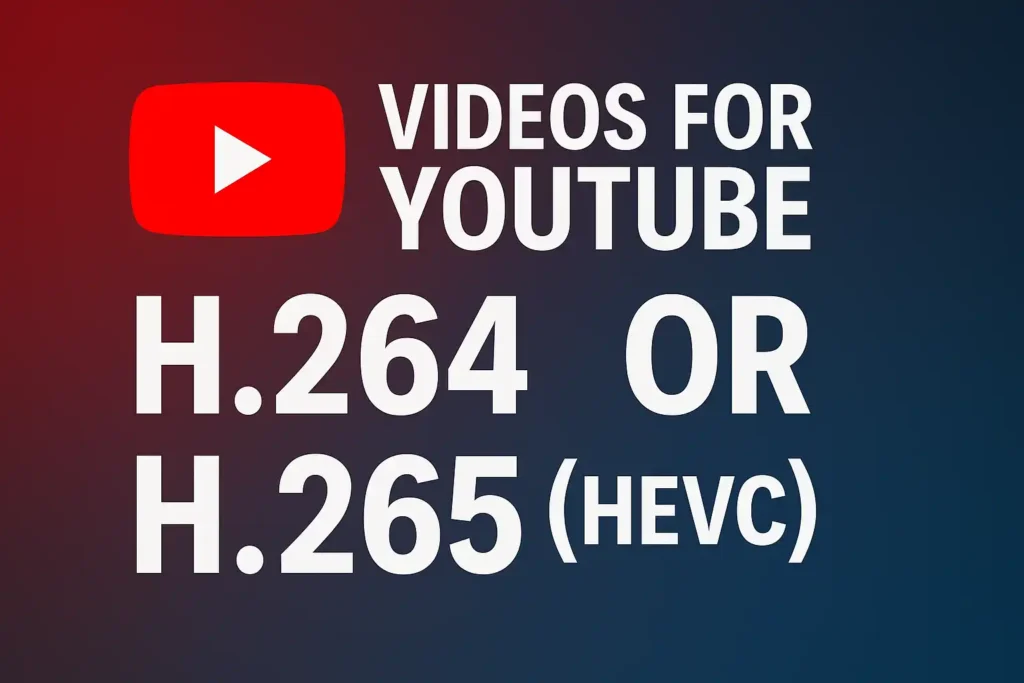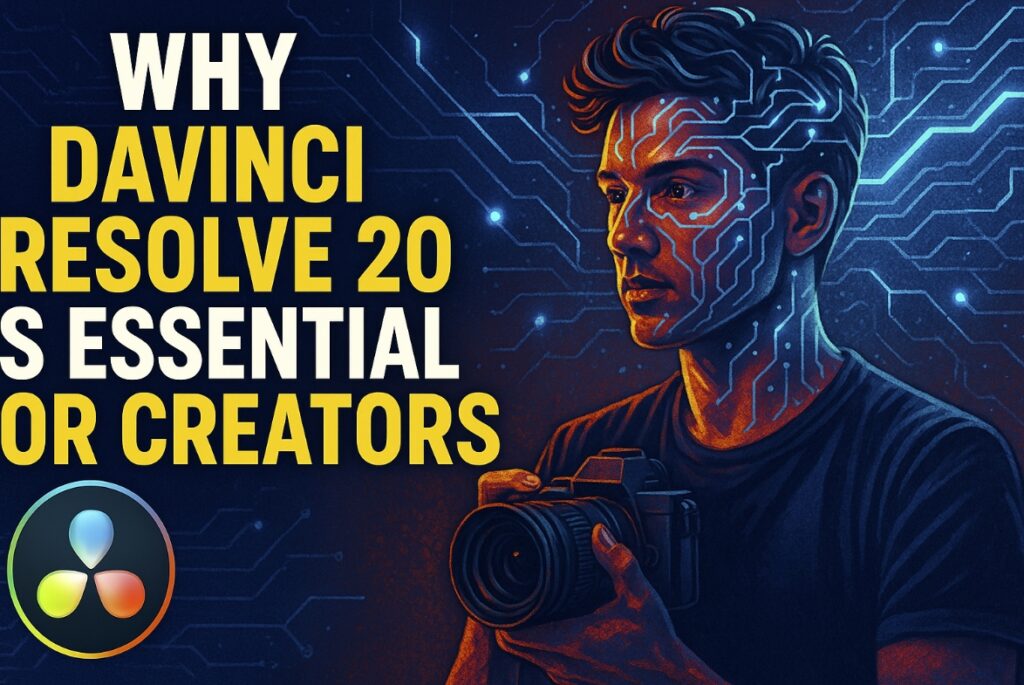Here’s the real talk about H.264 vs H.265 for YouTube—short, sweet, and no BS.
🧠 The Real Question:
Should you upload videos to YouTube using H.264 or H.265 (HEVC)?
⚡ Short Answer:
Use H.264 for YouTube uploads.
Don’t waste time with H.265 unless you really know what you’re doing and your content is super high-efficiency.
🚨 Why H.264 is the Safe Bet
- ✅ 100% compatible with YouTube (no guesswork)
- ✅ Faster to upload + encode
- ✅ Supported by every editing tool + browser
- ✅ YouTube still re-encodes your video anyway
🧪 But What About H.265 (HEVC)?
H.265 is cool in theory:
- 📦 Smaller file sizes
- 📈 Better compression quality at the same bitrate
- 🐌 Slower rendering and less editor support
- ❌ YouTube might re-encode it worse than your H.264 version (depends on settings)
- ❗ Some platforms still have playback issues
🧩 My Advice:
If you’re:
- Just uploading YouTube videos regularly ✅ → Stick with H.264
- Doing archival quality uploads, 4K HDR, and care about storage 💾 → Maybe consider H.265, but test first
- Focused on speed and reach 📡 → H.264 wins
✅ Best YouTube Export Settings (H.264):
- Format: MP4 (H.264)
- Resolution: 1080p / 4K
- Bitrate: 10-20 Mbps for 1080p, 35-45 Mbps for 4K
- Audio: AAC, 320 kbps
- Profile: High
- Level: 4.2 (for 1080p), 5.2 (for 4K)
💬 FAQ
Q: Will YouTube support H.265 in the future?
A: Maybe. They already accept it, but playback support isn’t guaranteed. VP9 and AV1 are their preferred codecs.
Q: Is H.265 better for mobile users?
A: Nope. YouTube will re-encode it to VP9 or AV1 anyway.
Q: Is H.265 faster to upload?
A: Smaller size, yes—but rendering is slower and you may hit compatibility issues.
🔚 Final Thoughts:
Keyword: h264 vs h265 YouTube – go with H.264 for now.
It’s reliable, fast, and gives you fewer headaches. Let YouTube worry about fancy codecs later.


